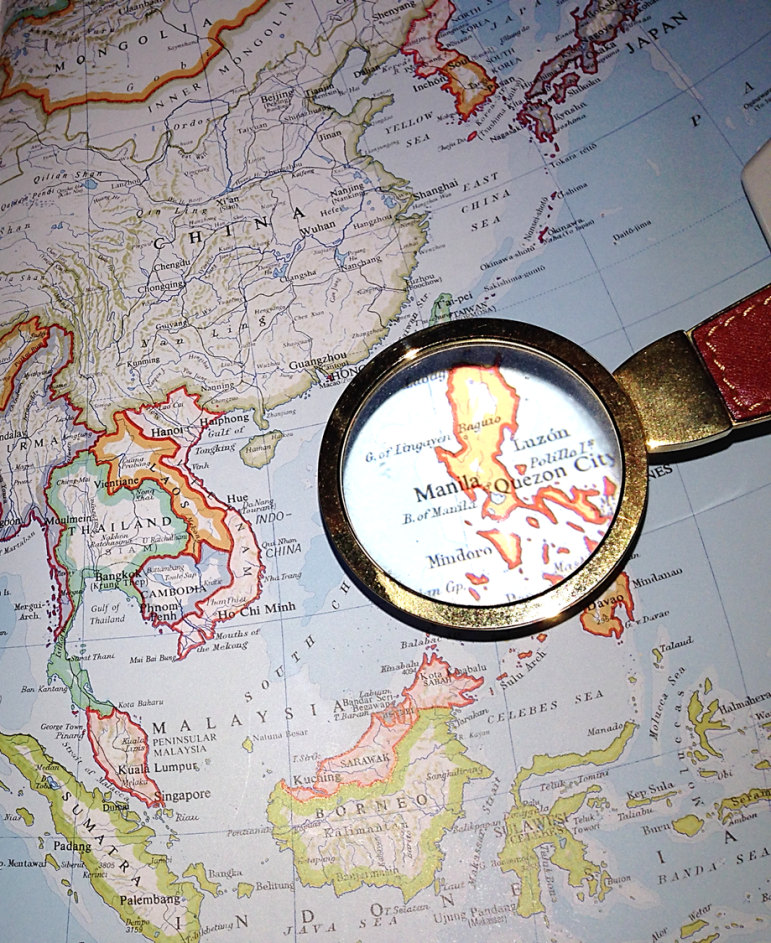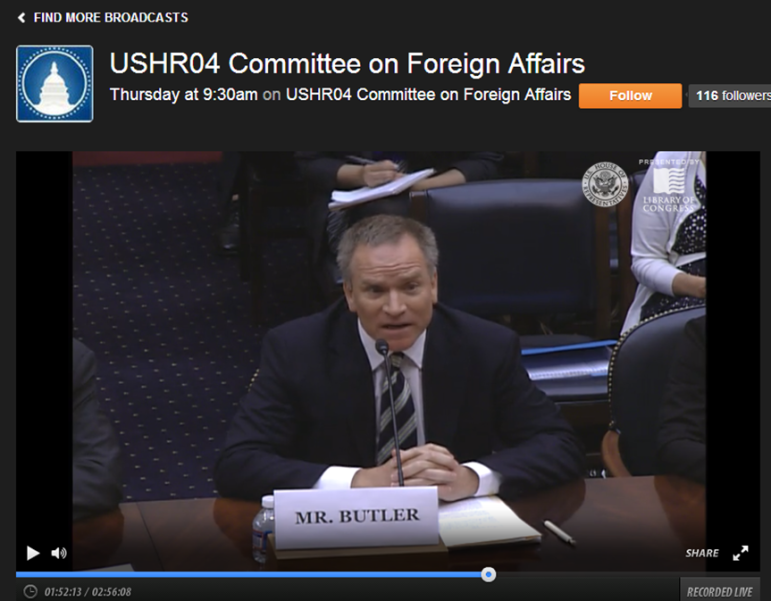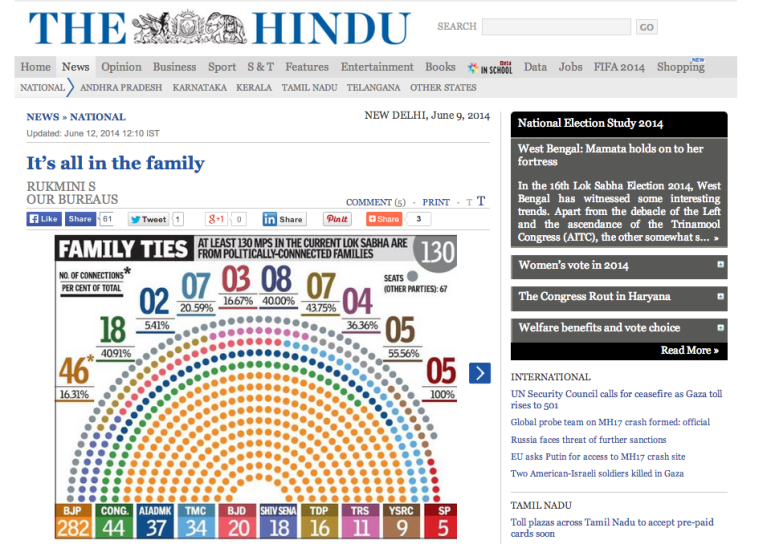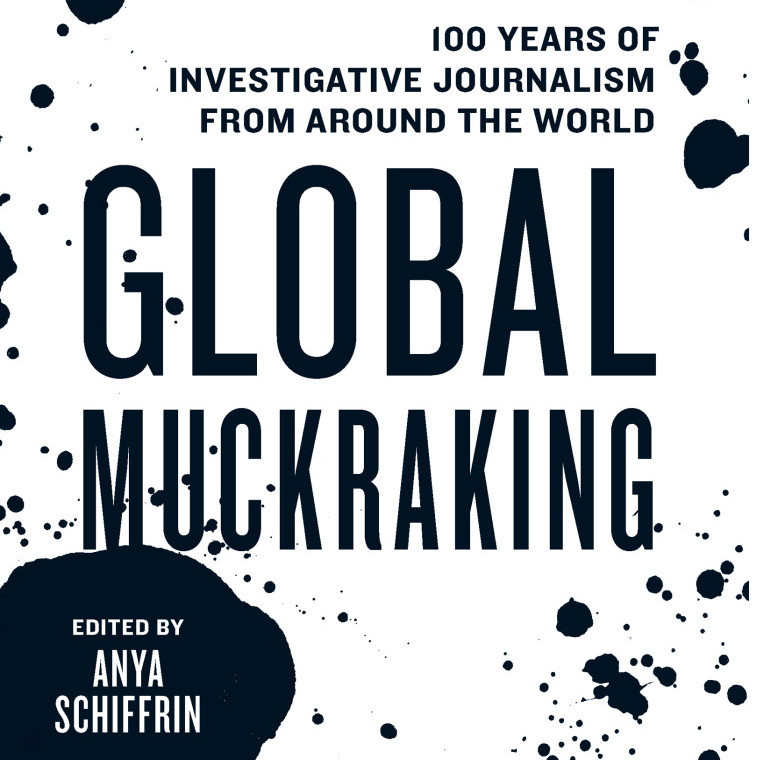
Language
English

Resource
Global Muckraking: 100 Years of Investigative Journalism
Global Muckraking is the first anthology of journalism from developing countries that goes back to the 19th century and includes 46 pieces of iconic reporting, each of which is introduced by a journalist, scholar, historian or activist who explains why the piece was important and what kind of impact it had (or didn’t) after it was published.

Data Journalism
Top Ten #ddj: The Week’s Most Popular Data Journalism Links
What’s the data driven journalism (#ddj) crowd tweeting about? Here are the week’s Top Data Journalism Links on Twitter (for July 23-August 7), including items from Mother Jones, The Economist, and The New York Times, among others.

Uncovering Asia: The First Asian Investigative Journalism Conference, Nov. 22-24, 2014
Mark your calendars! Uncovering Asia: The 1st Asian Investigative Journalism Conference is now happening. Join us in Manila on November 22-24 for this breakthrough event, bringing together top investigative reporters, data journalists, and media law and security experts from across Asia and around the world. Meet award-winning journalists and experts on data analysis and visualization, business investigations, and cross-border collaboration.
Resource
New “NOAA View” Offers Environmental Data, Imagery
Here’s how you can combine data and imagery on more than 100 environmental variables drawn from satellites, climate models, and other observation devices. NOAA — the U.S. National Oceanic and Atmospheric Administration — has just released an updated version of NOAA View, with a handy new interface and significant new data. Among the data sets: atmospheric […]

Case Studies
Seven Ways Small and Medium Nonprofits Limit Their Fundraising
When it comes to small and medium organizations I have seen a consistent chronic under investment in fundraising and a consistent lack of understanding of the work. It’s not just about small and medium nonprofits learning key methods and techniques of larger institutions. It’s about changing the culture around fundraising, especially individual major giving. Small and medium nonprofits all rush the same foundation doors year after year. Foundation fundraising is easier to understand and doesn’t involve talking to individuals about their own money. Individual major gifts work is risky, harder to understand and involves talking to individuals about their money. So year after year these same nonprofits stay small.

News & Analysis
Training Journalists as a Crime
Thank you for allowing me and my colleagues the opportunity to testify before you today. As you know, more than a year ago, I and 42 other NGO workers were convicted in an Egyptian court for working on programs designed to build democracy, monitor elections and train political parties and journalists. We were given sentences ranging from one to five years in prison. Most people who knew about the case probably think it was resolved long ago.

Data Journalism
Top Ten #ddj: The Week’s Most Popular Data Journalism Links
What’s the data driven journalism (#ddj) crowd tweeting about? Here are the week’s Top Data Journalism Links on Twitter (for July 19 -23), including items from PBS Media Shift, the Media Lab, and Stimme.de, among others.

GIJN Joins Global Forum for Media Development as UN Debate Stirs
The Global Investigative Journalism Network has joined the Global Forum for Media Development, a membership network of more than 200 media assistance organizations active in 80 countries. The Brussels-based GFMD works to make independent media development an integral part of international development strategies, much as education and health care are today.

News & Analysis
India’s Media — Missing the Data Journalism Revolution?
How can media make sense of a country that has over 1.2 billion people (about 17 percent of the global population), close to 800 languages, an electorate of 814 million, and the largest urban agglomeration in the world? How does one plan for a country where, at the end of 2012, about 22 per cent of the population lived below the poverty line (with a daily spending of less than about US45 cents in rural India and US55 cents in urban India), but which also has 89 billionaires and features fifth in the Global Rich List?


